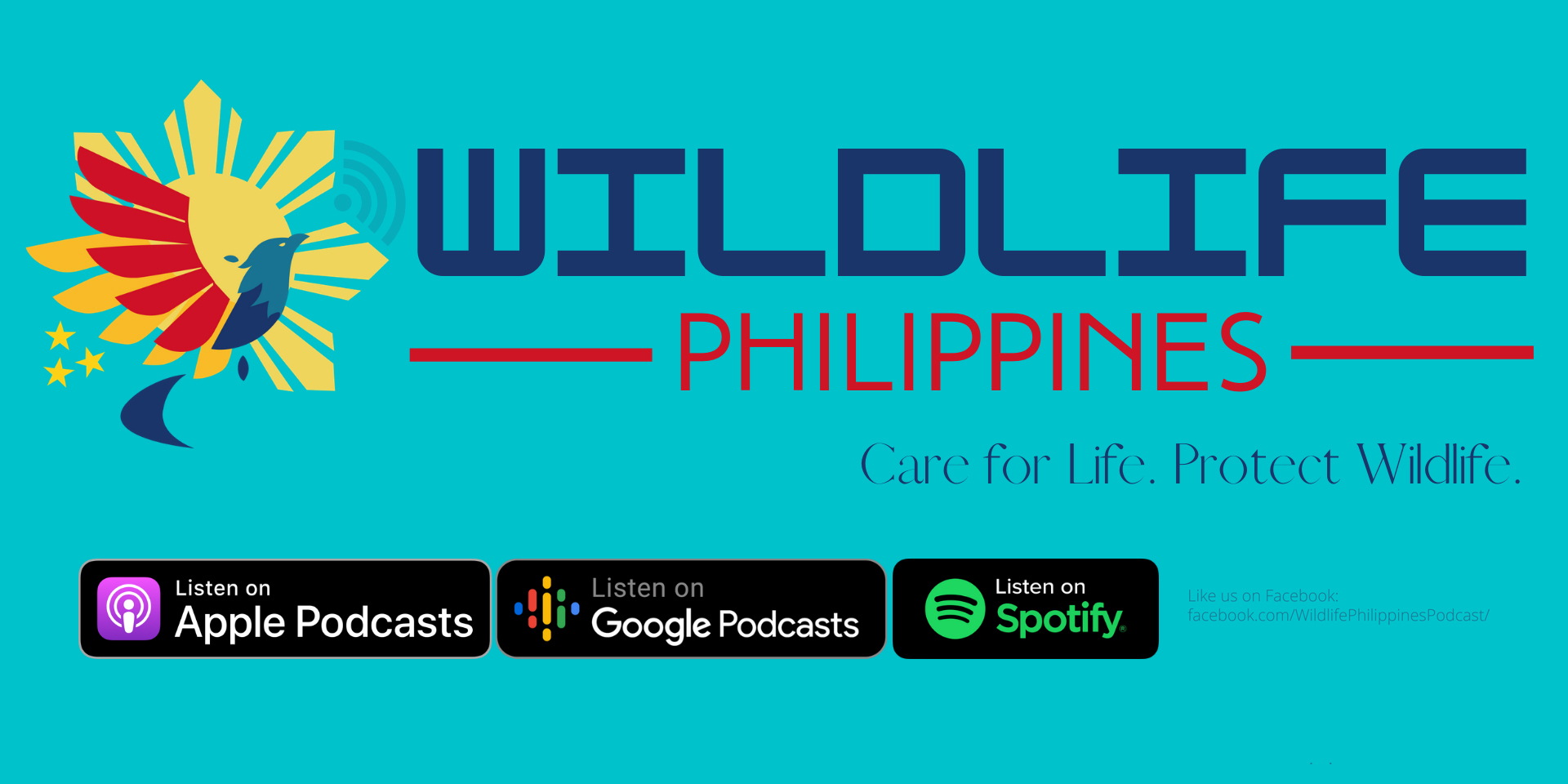Cleopatra’s Needle is one of the mystical mountains of Palawan. The name is derived from the obelisk-like rock structure that is found in its peak. This is the mountain you will pass on the way to the Puerto Princesa Underground River. For this episode of #WildlifePhilippinesPodcast, Palawan State University talks about interesting information about this mystical mountain.
This episode is produced by the Institute of Environmental Governance in PalSU. Written and directed by: Rizaldy Bustamante, Kristel Dorado, JB Mamaid, Noell Soliva, Dr. Mark Joseph Buncag and Prof. Imelda Lactuan.
Wildlife Philippines is an initiative of Tanggol Kalikasan in partnership with IEGs based in selected Higher Educational Institutions all over the country.

